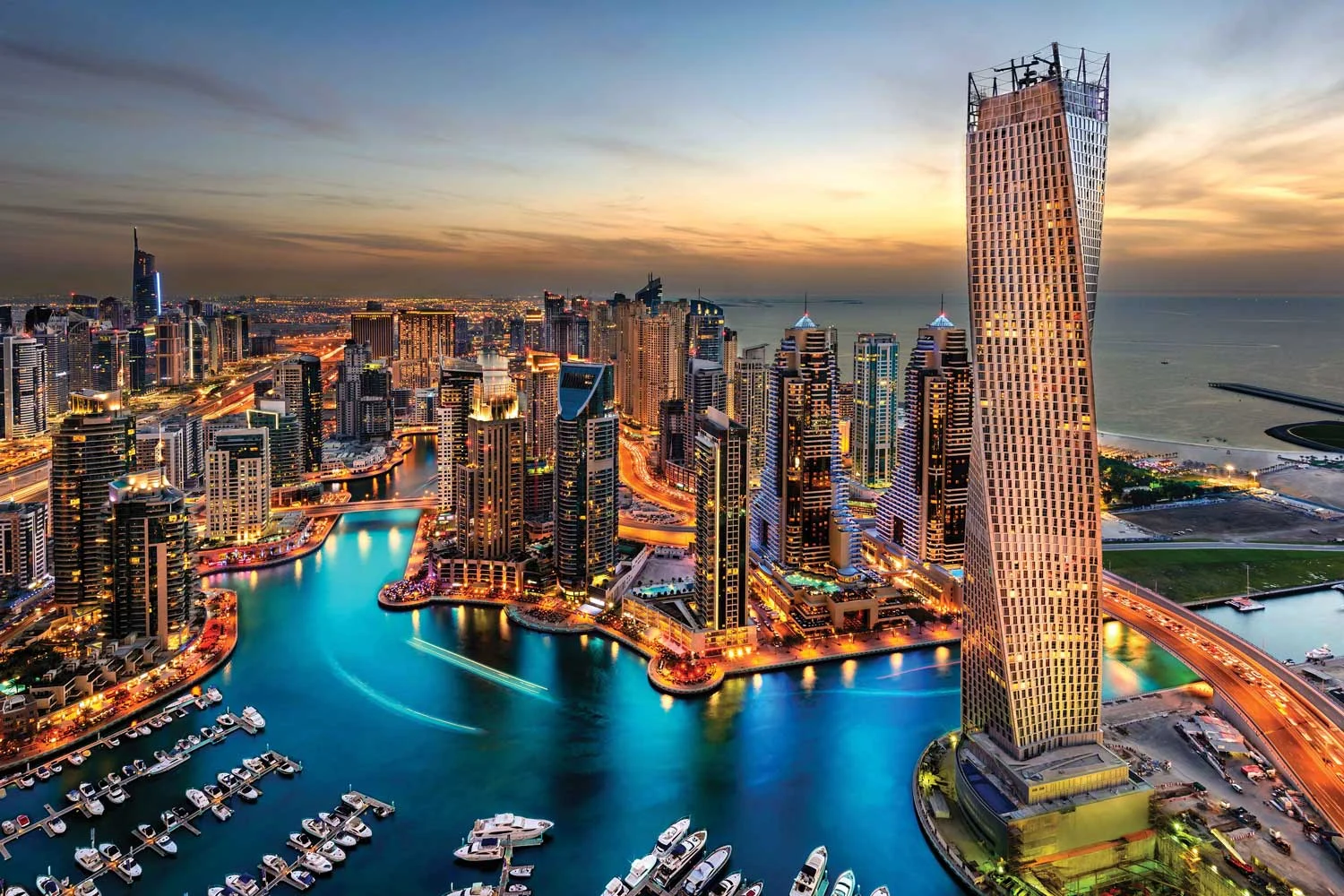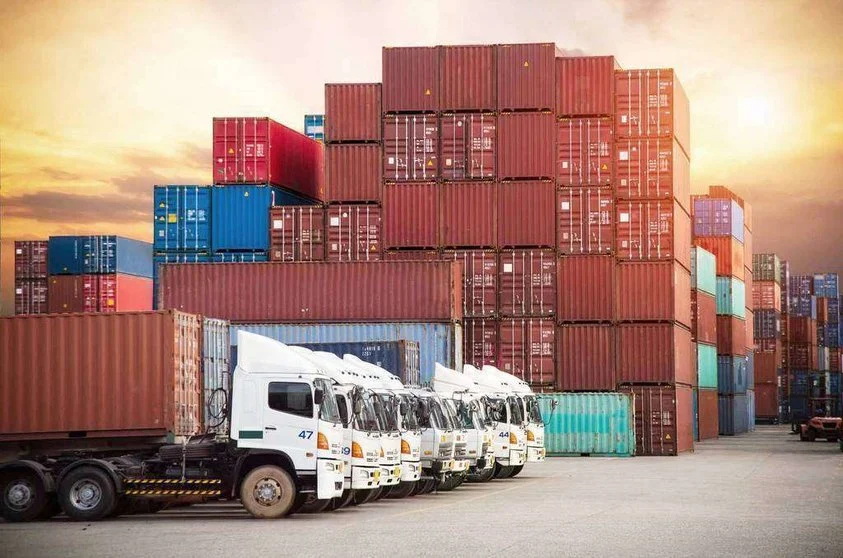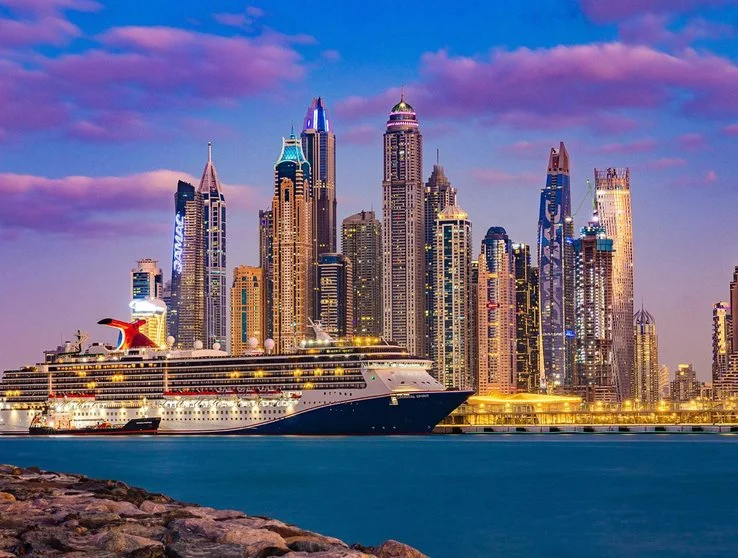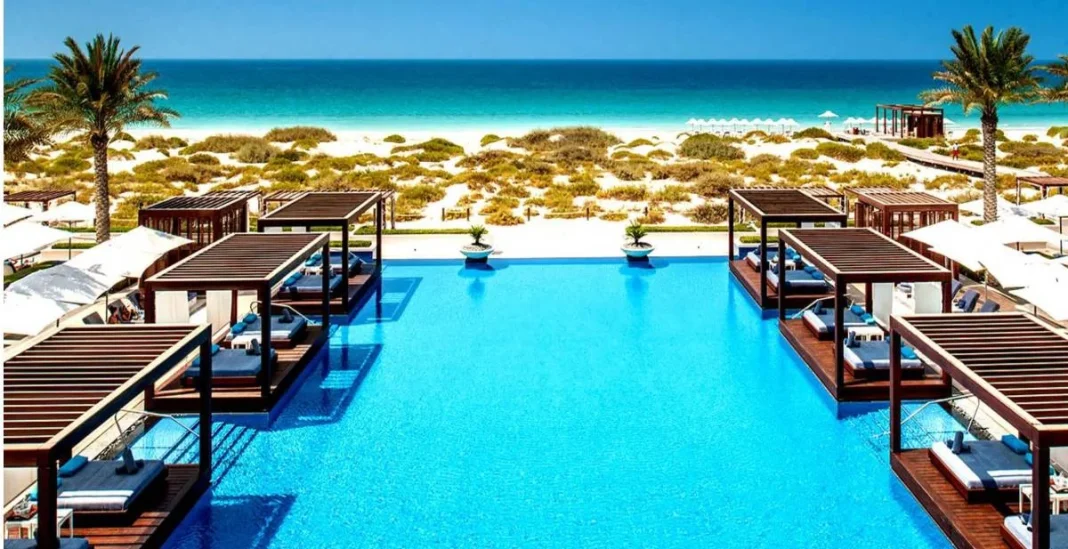In the last few decades, the United Arab Emirates (UAE) have proven to be an example of economic transformation and diversification. Traditionally dependent on oil, they have taken a significant turn towards a more diversified economy, gradually moving away from their reliance on hydrocarbons. The country has made efforts to develop other productive sectors that allow it to build a sustainable economic future. This approach has been part of a well-defined strategy to strengthen its position in global trade, becoming an essential commercial hub in the Gulf region.
One of the most notable achievements of this diversification strategy has been the growth of non-oil product trade. In the last decade, there has been a significant increase of 65% in this type of trade. By understanding the magnitude of this change, it becomes evident how the UAE has worked to establish an economy that does not rely exclusively on its oil resources but is capable of remaining competitive and resilient in the face of global challenges.
The economic potential of the UAE in diversification

The Emirates have invested substantially in diversifying their economy to reduce dependence on oil. Their strategic position in the Arabian Gulf and strong diplomatic relations have strengthened this move towards a more diverse economy. In 2023, the country’s non-oil trade reached 2.6 trillion Emirati dirhams, a substantial leap from the 1.58 trillion recorded in 2013. This remarkable growth reflects the country’s conscious efforts to develop other economic sectors.
The increase in non-oil trade has been not only quantitative but also qualitative. The United Arab Emirates have focused their investments in emerging technology sectors, tourism, culture, and finance, among others. These investments have provided the country with a more robust economic structure, capable of withstanding fluctuations in international crude prices. Thus, the country has responded to the demands of the global market, positioning itself as a commercial and investment hub in the region.
China has emerged as the UAE’s main trading partner, consolidating a strategic relationship that benefits both parties. India, the United States, Saudi Arabia, and Turkey closely follow on this list, reflecting the UAE’s strategy to diversify its trade alliances to decrease risks and seize opportunities around the globe.
The impact of the ‘We the Emirates 2031’ plan

A key axis of economic progress in the UAE has been the “We the UAE 2031” program, launched in November 2022. This plan focuses on strengthening the social, economic, and investment sectors, ensuring that the country’s economy does not rely solely on oil. The initiative is an essential component of the country’s long-term approach, which also includes the “Vision 2071” as part of a strategy towards a more self-sufficient and sustainable future.
Thanks to this plan, the UAE has been positioned as an influential global partner and an attractive economic hub. They seek to go beyond current achievements to enhance their global interaction and capitalize on opportunities with their international partners. In a context where many economies continue to face difficulties due to dependence on depletable resources, the Emirati model is presented as a benchmark for management and future vision.
Advances in non-oil trade reflect the success of this program, where the non-oil sector now constitutes 74% of the UAE’s Gross Domestic Product. This is a clear demonstration of how a well-planned and executed economic strategy can lead to a substantial change in a country’s economic structure, making sustainable and diversified growth possible.
The United Arab Emirates as a regional leader in trade

At the regional level, the United Arab Emirates has maintained its leadership in exports and imports of goods and services, positioning itself as the leader in the Middle East and Africa. In 2022, the UAE ranked 11th globally in merchandise exports, achieving a total of 599 billion dollars, which represents 2.4% of global exports. This leadership reflects its ability to adapt and compete in the global market.
Additionally, in terms of services exports, the UAE ranked 12th globally in 2022, with a value of 154 billion dollars. This is indicative of the strength of its services sector, which ranges from financial services to digital services, positioning the UAE as a key player in the field of technology and telecommunications.
The World Trade Organization’s 2023 report highlighted how the UAE’s trade in goods surpassed one trillion dollars, while trade in services reached 249 billion dollars. In total, the UAE’s trade transactions of goods and services with the rest of the world totaled 1.273 trillion dollars, a testament to its ability to expand its economic influence beyond regional borders.
This model of economic development and diversification, followed and inspired by other countries in the region such as Saudi Arabia with its “Vision 2030,” indicates a positive evolution towards a more sustainable economic future that is less dependent on natural resources. The UAE continues to set the standard in economic innovation and trade, projecting an image of stability and progressiveness in a constantly changing world.



